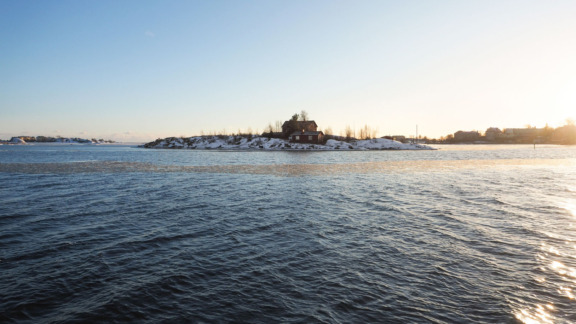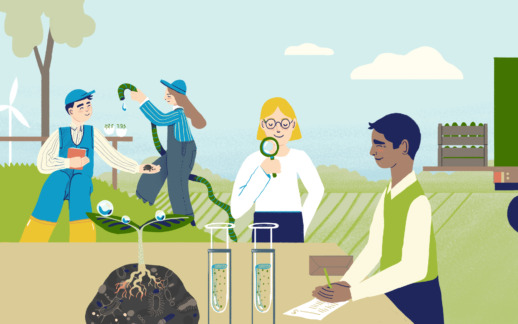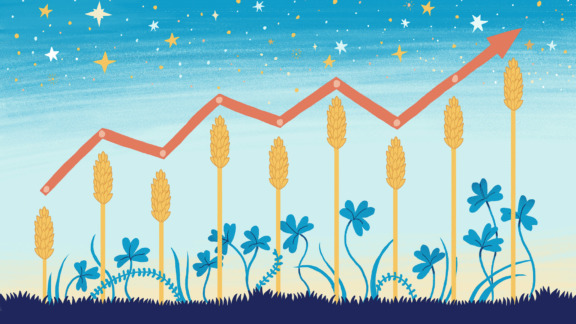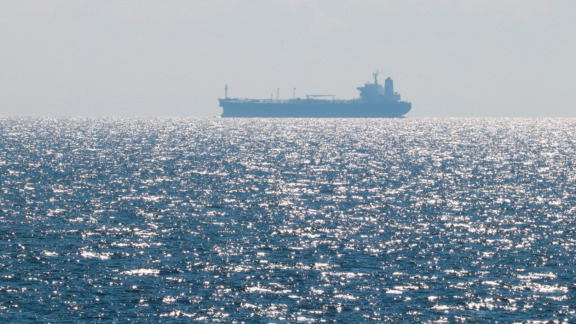New report on nutrient cycling in the United States
The “Järki Lannoite (“Smart Fertilization”) Project” produced a report “Challenges pertaining to recycling of nutrients in the USA”, which is about nutrient cycling on the other side of the ocean. Many of the challenges are common with the ones EU is facing, but the solutions are very different. The farms grow fast and the production is at the same time subject to centralisation. In some areas manure is produced in vast quantities and simultaneously there is a demand on nutrients contained therein farther away. Transportation and handling are important factors in the decisions to be made.
The new report based on the BSAG ”Järki Lannoite” Project states how recyclable solutions and measures are being developed across the ocean in order to reach a balanced and recyclable result.
In Leo Harin’s report it is about recycling in the USA as a whole. The catchment areas in California, Illinois, Maryland and especially the Chesapeak bay are documented in detail. The bay is a large catchment area of agricultural production and challenging and interesting in itself.
The introduction of the report is describing the current situation regarding recycling of nutrients and growing challenges.
The report is about emergence and use of nutrients in agriculture, the legislation affecting recycling of nutrients, technologies used when processing nutrients and about companies in the field.
Recycling schemes are being handled on a country level basis. Recycling of nutrients is being handled in detail regarding three different states situating in different parts of the USA.
Despite the fact that agricultural production in USA has its own features many of the challenges of recycling of nutrients are familiar with the states of the European Union. In the USA surprisingly different solutions have been made.
There are for instance financing models in place in which public and private financing have been combined in order to mitigate bottle necks. The aim has been to solve the problems in each farm separately. Importance of consultancy and voluntariness has been emphasised more than has been the case in the EU. On the other hand regulation covers areas, which are barely regulated in the EU.
Too much or too little manure
The main focus of the new report is on manure because of its great potential pertaining to re-cycling of nutrients. There is a demand and platform for development of new political and technological solutions in places where lots of manure is produced pertaining to the area under cultivation.
In accordance with the report there are places where there is a deficit in nutrients in the USA as well as in the EU. In these areas there is a potential demand for organic nutrients.
– In these areas there is also an interest and a will to implement operational models utilising added nutrients as effectively as possible whereby fertilisation can be minimized states Mr Leo Harin, who assembled the report.
– The effective use and recycling of nutrients is a result of many factors. The challenge is to get one area’s excess nutrients to an area where they are needed.

The report is to be found and downloaded on the web page of “Järki Lannoite”
https://www.jarki.fi/sites/default/files/ravinnekierratyksen_kiemuroita_yhdysvalloissa_-raportti.pdf



